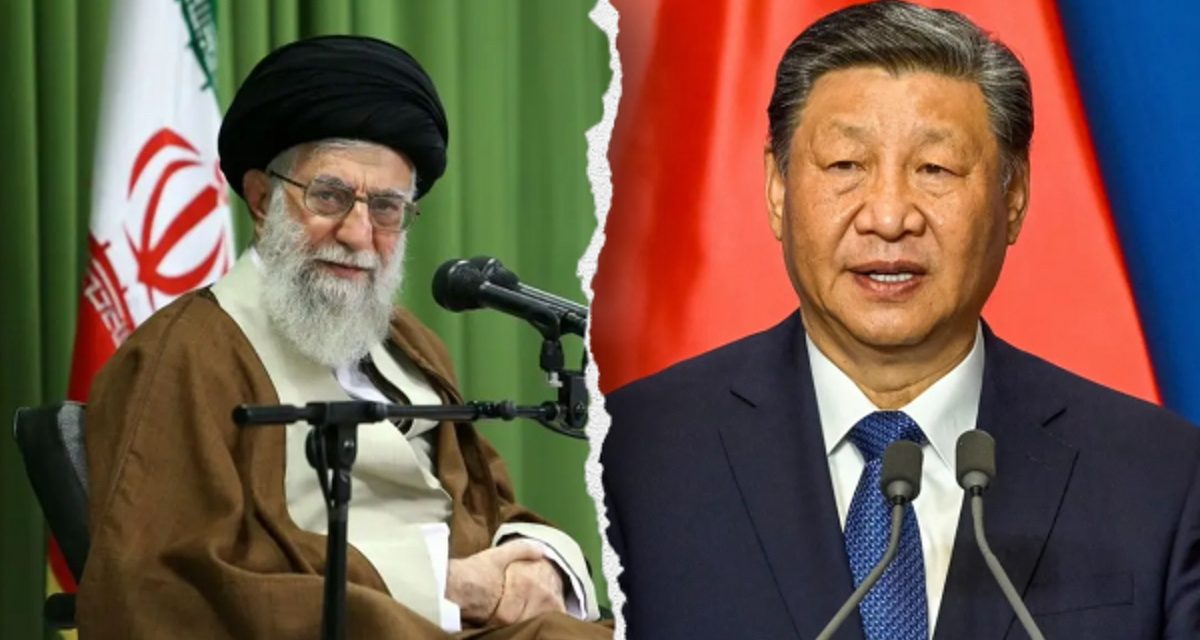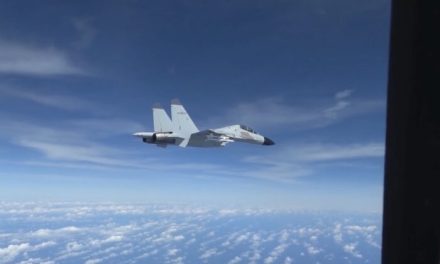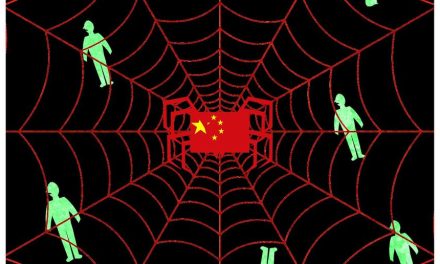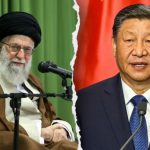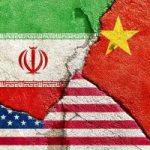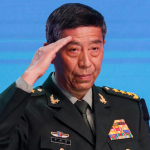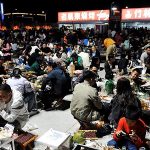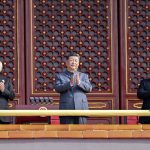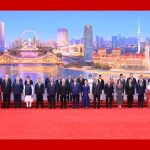By Jianli Yang
The recent U.S. airstrike on Iran’s underground nuclear facilities was met with a restrained Iranian response—just 14 missiles fired at the U.S. Al Udeid Air Base in Qatar—followed swiftly by Iran’s agreement to a ceasefire. This sequence of events reveals how recent Israeli military strikes, targeted assassinations, and years of intelligence infiltration have severely threatened the survival of the Iranian regime. The U.S. strike, carried out with stealth and precision, exposed the weaknesses of Iran’s air defense systems and its limited capacity to sustain a prolonged conflict, compelling Iran to seek peace quickly.
Despite the ceasefire, significant uncertainties remain. The whereabouts of Iran’s enriched uranium are unknown, and no party can confirm whether the nuclear facilities were completely destroyed. Mutual distrust between Israel and Iran continues to undermine the prospects for a lasting peace, with accusations of bad faith and violations common. The ceasefire thus remains fragile, leaving the Middle East’s stability precarious. It is expected that the Trump administration will intensify pressure on Iran to return to negotiations, forcing Tehran to choose between preserving its regime or advancing its nuclear weapons program.
This 12-day conflict between Israel and Iran has significantly weakened Iran’s nuclear capabilities and triggered shifts in Middle Eastern geopolitics. Iran has long positioned itself as the leader of the so-called “axis of resistance”, providing essential support to groups like Hamas in Palestine and Hezbollah in Lebanon. However, these proxies have been noticeably weakened by intensified Israeli operations, and Iran itself has been severely weakened by the recent conflict. The once formidable “axis of resistance” risks becoming largely symbolic, with diminished influence and capacity.
The military confrontation’s impact extends beyond the Middle East, rippling into East Asia. The U.S. operation demonstrated “peace through strength” on a global scale, showcasing American military dominance and enhancing deterrence credibility in the Indo-Pacific. This message resonates strongly with North Korea, which has accelerated its nuclear and missile programs in recent years. Despite previous diplomatic efforts—including three meetings between Trump and Kim Jong-un—the nuclear issue remains unresolved, with North Korea enhancing its military capabilities and deepening its alliance with Russia.
Unlike Iran, North Korea already possesses an estimated 50 nuclear warheads and enough fissile material to produce 40 more, according to the Stockholm International Peace Research Institute (SIPRI). This nuclear arsenal makes North Korea the most challenging security problem for the U.S. in Northeast Asia. The U.S. strike on Iran reinforces the credibility of potential preemptive strikes or decapitation operations against North Korea, strengthening the Trump administration’s bargaining position in future denuclearization talks. Like all authoritarian regimes, Kim Jong-un prioritizes regime survival and orderly succession, and nuclear weapons serve as a means to that end1.
China’s reaction to the U.S. strike on Iran was cautious and calculated. Beyond diplomatic protests and rhetorical support for Iran, Beijing largely refrained from direct confrontation with Washington, likely to avoid escalating tensions with the Trump administration. This stance may prompt North Korea to reconsider its heavy reliance on China as a protector, especially as South Korea’s progressive government under Lee Jae-myung seeks dialogue with Pyongyang. Kim Jong-un might see an opportunity to diversify his strategic options, seeking a broader “hedging space” to ensure regime survival1.
China’s posture in the Taiwan Strait and South China Sea has been shaped by its perception of U.S. resolve. Under the Biden administration, emphasis on “managing differences and avoiding uncontrolled competition” led Beijing to believe Washington was unwilling to risk outright conflict over Taiwan. Trump’s return to the White House, however, has introduced unpredictability. His administration’s more aggressive rhetoric and willingness to threaten military action, including Trump’s campaign vow to bomb Beijing if China attacks Taiwan, have heightened Chinese caution and uncertainty.
The successful U.S. strike on Iran sent a clear signal to China that American military power remains formidable and that Beijing should avoid testing U.S. dominance in military security. Defense Secretary Pete Hegseth’s recent remarks at the Shangri-La Dialogue, affirming U.S. readiness to decisively defeat China if deterrence fails, further underscore this message. Trump’s administration is characterized by unpredictability, making it harder for China to anticipate or prevent U.S. actions.
The strike also bolstered confidence among U.S. allies in East Asia, signaling that the U.S. will support partners willing to take greater responsibility for their own defense, as Israel has done. However, concerns remain about Trump’s “America First” policy and its potential to sacrifice allied interests. East Asian nations also recognize that China is not Iran; China’s economic size, global political and military reach, and capacity for retaliation far exceed Iran’s. The U.S.-China rivalry is complex, involving intertwined competition and coexistence that affects the global political and economic order. It would be naïve to expect the U.S. approach to Iran to translate directly into the East Asia context.
China is likely to continue testing U.S. deterrence limits in the Taiwan Strait, South China Sea, and around the first and second island chains, conducting military exercises and expanding its presence. These actions aim to probe the Trump administration’s responses and could push both powers dangerously close to conflict.
In this increasingly volatile environment, it is crucial for Taiwan, South Korea, and Japan to invest in robust self-defense capabilities and develop sophisticated strategies for navigating their relations with both China and the United States. For Taiwan, this means embracing an asymmetric defense strategy—the so-called “porcupine strategy”—to make any potential invasion by China costly and difficult, while also investing in the right mix of equipment, training, and resilience to withstand an initial attack. South Korea, facing the existential dilemma of balancing its security alliance with the U.S. and its economic ties to China, must strengthen its self-reliant defense capabilities, pursue preventive diplomacy, and maintain a careful diplomatic posture to avoid gratuitously provoking Beijing while deterring Pyongyang. Japan, for its part, is undergoing a strategic awakening with increased defense spending, acquisition of counterstrike capabilities, and a recalibrated alliance with the U.S., all while advocating for peaceful dispute resolution and multilateralism. For all three, the path forward demands not only military preparedness but also diplomatic agility—working closely with their major ally the U.S., engaging China where possible, and building regional partnerships—to defend their sovereignty and keep peace in East Asia.

